Shasta RV is a renowned brand in the recreational vehicle industry, known for producing classic and vintage-style trailers and motorhomes. Founded in 1941, Shasta has a long history and has gained a significant following among RV enthusiasts who appreciate its retro design and nostalgic appeal. Here are some key features and characteristics of Shas...
WEnRV travel news, products, and industry trends
Urban camping, also known as RV urban camping or urban boondocking, refers to the practice of camping in an RV (recreational vehicle) within city limits or in urban areas. It involves parking your RV in urban areas, such as city streets, parking lots, or designated camping areas, and staying overnight or for an extended period. Here are some import...
Getting into nature is easy, but following good RV camping etiquette takes practice. Now that more people than ever are discovering the joys of RVing, the time is right for all of us to practice good manners at the campground. Here’s how to make summertime camping experiences positive for everyone we encounter.
I love the freedom to shake up my routine with RV living. To wake up with the sun, go to sleep with the moon, and explore a gorgeous destination without the worries of routine living. RV trips can be filled with joyful opportunities that bring out the kid in all of us, but unfortunately, some folks forgot their manners. According to Facebook’s largest group of workampers in the U.S., more RVers than ever are making a bad impression at campgrounds.
Getty Images
The State of RV Camping Etiquette
As a moderator of the Workamping group on Facebook, I recently polled members about their experiences with campers’ behavior since the COVID-19 pandemic began. The majority of poll takers (103 out of 126) indicate that RV camping etiquette could use some improvement. Workampers in the group are working at public parks and private RV resorts, and all report encountering the same bad camping manners, such as:
Late night arrivalsTrash piles left in fire pitsNoisy campfire partiesUnsupervised kids and dogsNot respecting campsite boundariesIgnoring check-out time rules“For the most part, people are respectful. They are made aware of park rules ahead of time as well,” says Carrie Tuttle, a workamper since 2018. “Every season though there are a few who think the rules don’t apply to them and test the waters.” Tuttle believes the majority of guests know what good RV camp etiquette looks like.
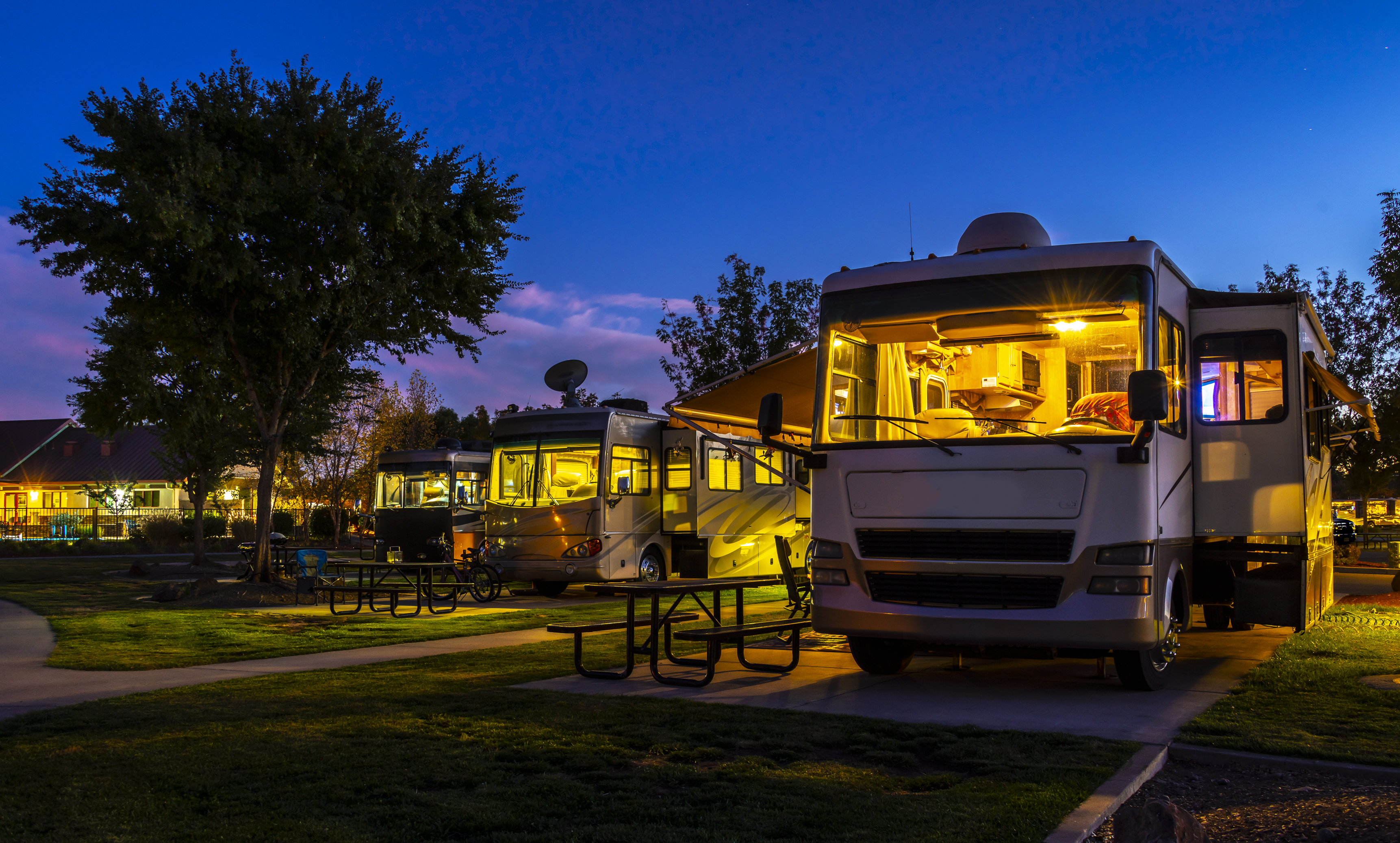
Copyright
© Good Sam Camping Blog
The Sacred Valley in Peru is a magnificent destination with a rich history and stunning natural beauty. Here's a suggested route to explore the Sacred Valley and its surrounding areas in an RV: Start in Cusco: Begin your journey in the historic city of Cusco, known as the gateway to the Sacred Valley. Take some time to explore the city's colonial a...
This week in the Good Sam camping news spotlight, we’re taking a look at how campers are adopting AI as a means of trip planning, how you can earn $70 towards your next stay at a campground, and how the RV rental market is at an all-time high.
Campers are quickly adopting artificial intelligence
According to a recent study by KOA, 32% of campers claim to have used artificial intelligence as a means of trip planning, with another 22% of the survey intent on using AI for future travel. Primarily, most campers see AI as a helpful tool for finding well-reviewed parks, gathering information, or even just crafting an itinerary for upcoming trips. The study seems to suggest that campers are adopting AI technology quicker than any other group of recreational travelers. With an estimated 22 million households planning on camping over the 4th of July weekend, the data suggests that AI will be a pertinent part of many people’s summer plans.
RV rental market is at an all-time high
A recent report from Outdoorsy claims that the rental market for RVs is the highest it’s ever been, with 76% of their bookings coming from first-time customers. Additionally, renters are taking longer trips than in previous years (about 1 to 2 more days on average), with many expecting this trend to continue growing. One of the suggested factors for growth stems from inflation in the hotel industry, with the average cost of a room increasing by 54% in the past year. Other reports even predict the RV rental industry to be worth over $1 billion as soon as 2031.
RVshare and Hipcamp giving away $10 million in overnight stays
To commemorate their 10 years in business, RVshare and Hipcamp have announced a partnership and are planning to give away up to $10 million to RVers for overnight stays to celebrate. The relationship between the two companies will mean further integration between Hipcamp’s and RVshare’s inventory. As of last week, customers who book rentals through RVshare’s website or app can claim a promo code worth $70 for a Hipcamp booking. Note that the offer will only be valid for stays falling between June and December of this year.
The post June RV & Camping News appeared first on Good Sam Camping Blog.
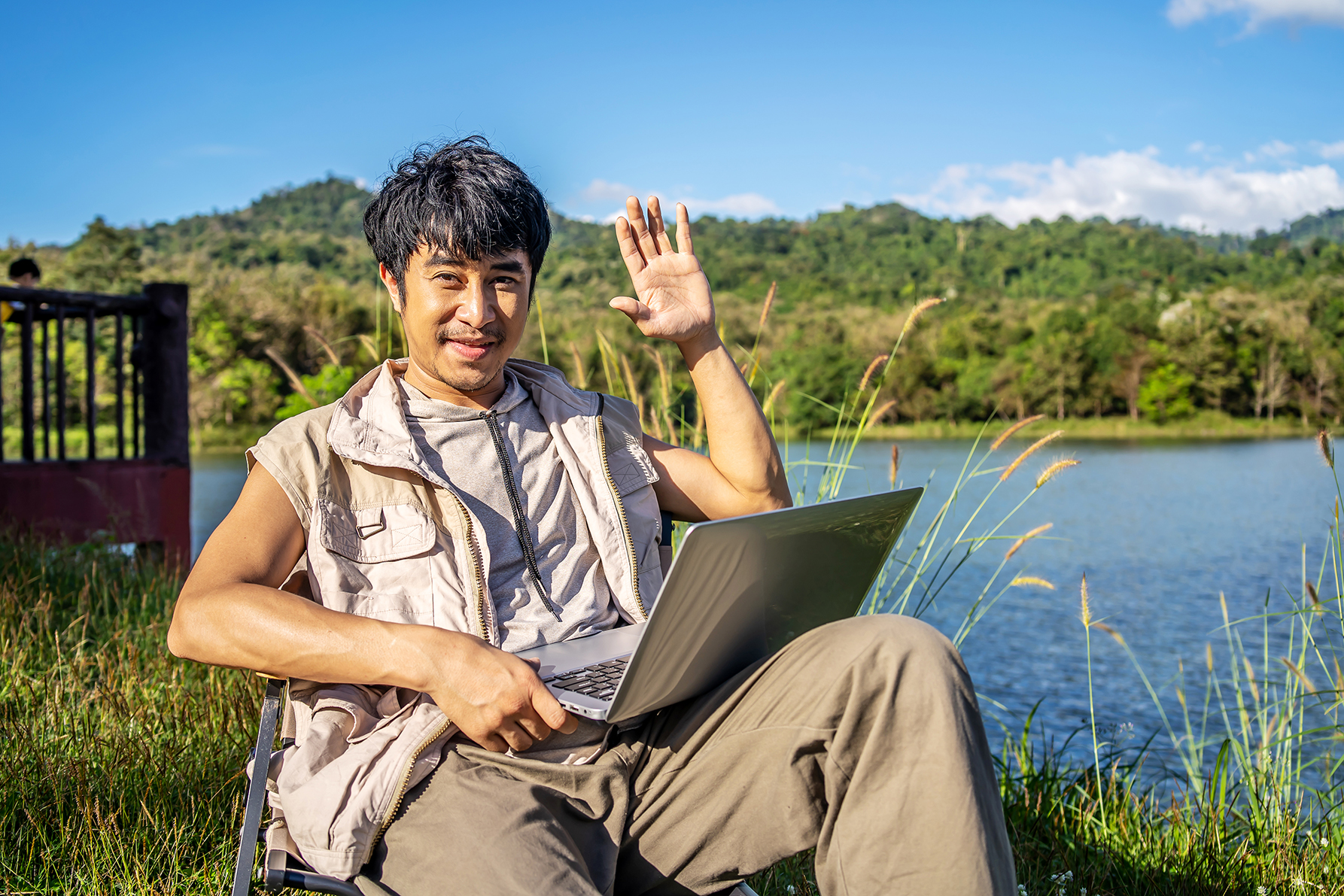
Copyright
© Good Sam Camping Blog
Yes, the prices of recreational vehicles (RVs) have indeed increased in the last few years. There are several factors contributing to this trend: Demand: The popularity of RVs has surged in recent years, with more people choosing to travel and explore in their own vehicles. The COVID-19 pandemic also played a role in driving up demand as people sou...
Obviously, nobody plans for an emergency, but try as we might, accidents will still happen. With that, it’s imperative that you respond quickly and appropriately to mitigate further disaster in the event of a camping fiasco. To ensure the most safety and enjoyment, here are some best practices for first aid while camping.
Prevention and first aid basics
When it comes to first aid, the best offense is a good defense (or something along those lines). The best course of action is to anticipate disaster and prepare for the worst before it actually comes to fruition. Take it upon yourself to research any potential hazards, wildlife, poisonous plants, or weather-related risks that could affect your trip, as well as stocking up your first aid kit with essentials for any scenario.
For example:
Adhesive bandagesSterile gauze padsAntiseptic wipesTweezersScissorsHeat reflective blanketHand sanitizerThermometerPain relieversCPR maskCotton swabsPersonal MedicationsAdditionally, you would do well to familiarize yourself with fundamental first aid techniques such as CPR, the Heimlich, or cleaning wounds.
Common camping injuries
Let’s break down the more common camping accidents with some quick tips for remedying the situation. Keep in mind that this list is for minor injuries that can be self-treated. In the event of an actual emergency, be sure to seek professional medical attention as soon as possible.
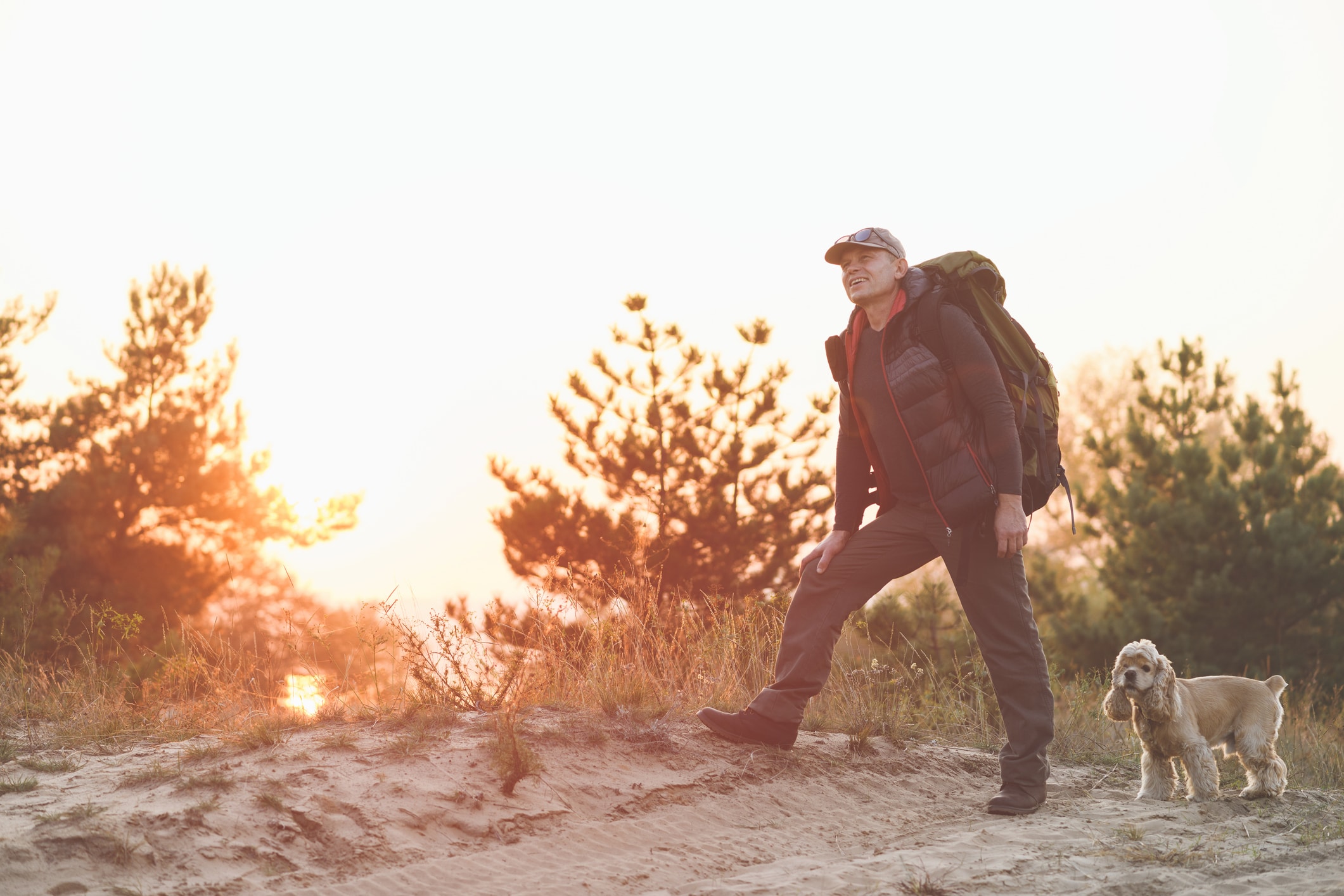
Copyright
© Good Sam Camping Blog
Camp within reach of New England’s most celebrated destinations. Circle CG Farm Campground in Bellingham, Massachusetts, sits less than an hour away from Boston, Cape Cod, and other popular Bay State spots. Spend the day visiting places like the Freedom Trail and Fenway Park, then relax at a highly rated (9.5/9.5*/10) resort with ample amenities.
Travelers who prefer to stay local can enjoy the campground’s many activities, from Christmas in July to live music. The campground’s lush, wooded setting completes the picture for a relaxing vacation.
Circle CG Farm Campground.
Camping Comfort
Occupying 30 acres, Circle CG Farm Campground sits amid ample shade trees in rustic surroundings. Recreation abounds here, with a pool, rec hall, and other spaces where campers can congregate. Guest can unleash their competitive spirit in the game room or hit the miniature golf course. Go fishing in the pond or hit one of the nature trails that stretch through the rustic property.
The resort supplies travelers with all the stuff they need, including metered propane, ice, pet supplies, and firewood. The country store sells groceries, and restrooms and showers in the park have a starred rating for cleanliness.
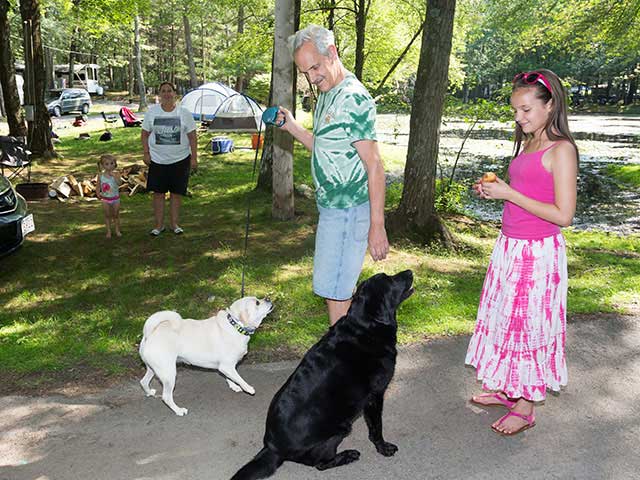
Copyright
© Good Sam Camping Blog
If you are an RV owner or are considering getting one, you may be trying to figure out which type of solar panel is best ... Read more
We’re truly fortunate to live in a country brimming with natural beauty. With a wide range of aesthetic and ecological diversity ranging from coast to coast, the United States offers a lifetime of photo-worthy opportunities. To help you plan your next adventure, here’s a starter list of 5 stunning photo-ops you need to see for yourself, as well as a list of nearby campgrounds.
The Grand Canyon
Grand Canyon National Park, Arizona
Likely at the top of most people’s bucket lists, the Grand Canyon is among the most awe-inspiring natural wonders of the world, let alone the United States. Carved over the course of millions of years by the Colorado River, the massive canyon offers plenty of hiking, whitewater rafting, and breathtaking panoramic views.
Nearby campgrounds:
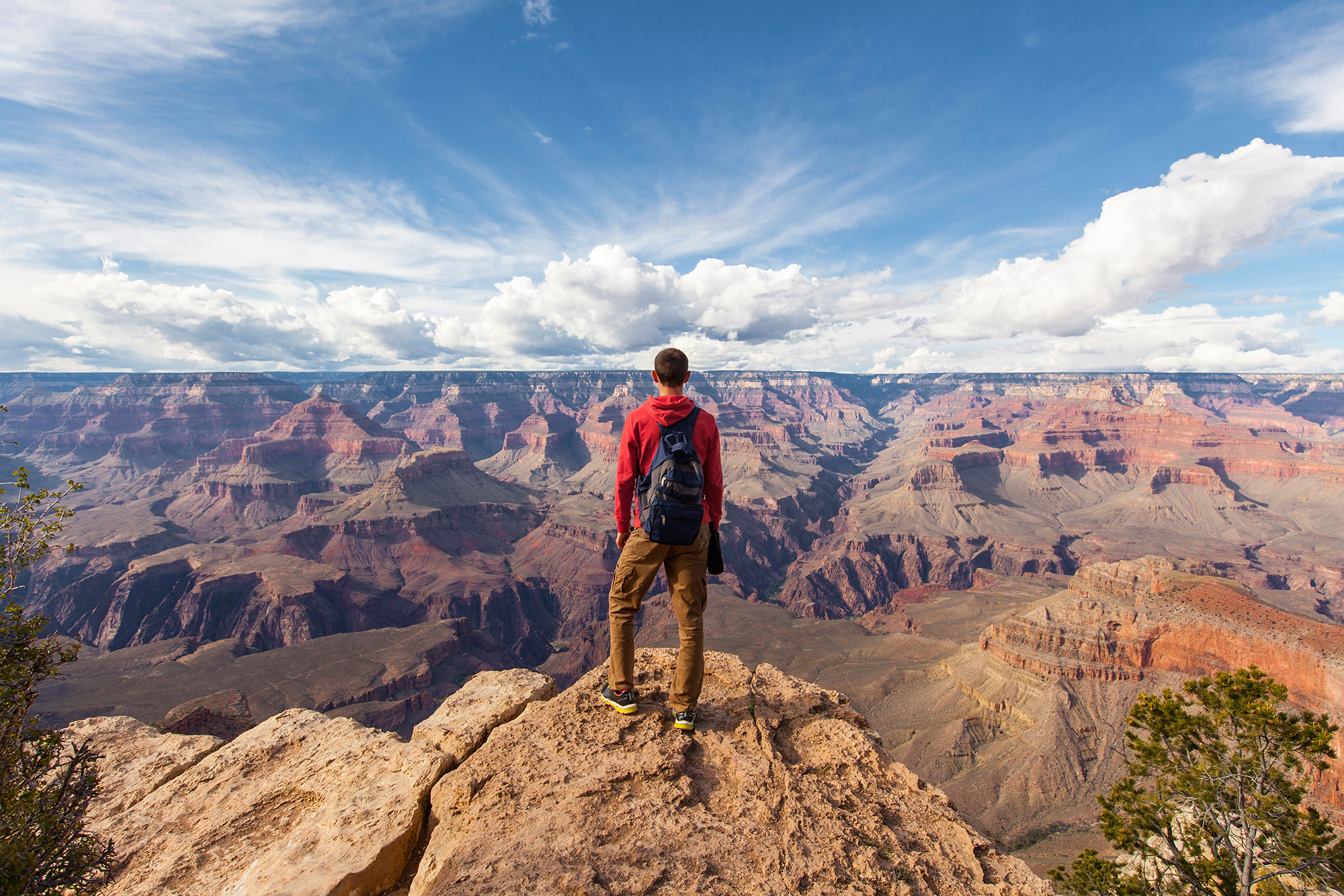
Copyright
© Good Sam Camping Blog
Van life refers to a lifestyle choice where individuals or families live and travel in a converted van or recreational vehicle (RV) full-time or for extended periods. It offers a mobile and minimalist way of living, allowing people to explore different places while having the comforts of a home on wheels. Here are some basic aspects of van life: Va...
The warming spring temperatures have ushered in another camping season along with the promise of hot, lazy summer days. Thoughts of spending hours enjoying hiking, fishing, or exploring nature’s secrets in the backcountry come to the forefront of your mind. Yes, it’s time to get the RV on the road with an eye toward air conditioning performance.
The heat of summer is welcoming for many as each day unfolds with higher temperatures. But while evening temps cool down significantly, there are some campers who find the overall climate too warm. For these folks, air conditioners in trailers and motorhomes are both needed and appreciated.
However, having an air conditioner might not be enough. Having an efficient air conditioner capable of producing a steady flow of cold air is needed to complete the summer camping picture.
Getty Images
Keeping Your AC Unit Cool
So, how should we go about making sure we are getting the most from our RV air conditioner? Well, before embarking on your first season’s trip, a basic operation test should be made on the air conditioner(s). This involves merely running the air conditioning and measuring the incoming air temperature. A probe thermometer or infrared temperature gun can be used for this. As a rule of thumb, a reading of anything between 16 and 22 degrees Fahrenheit lower than that of the air entering the AC unit is an acceptable result. During this trial run, the functions controlled by the thermostat can be tested and set.
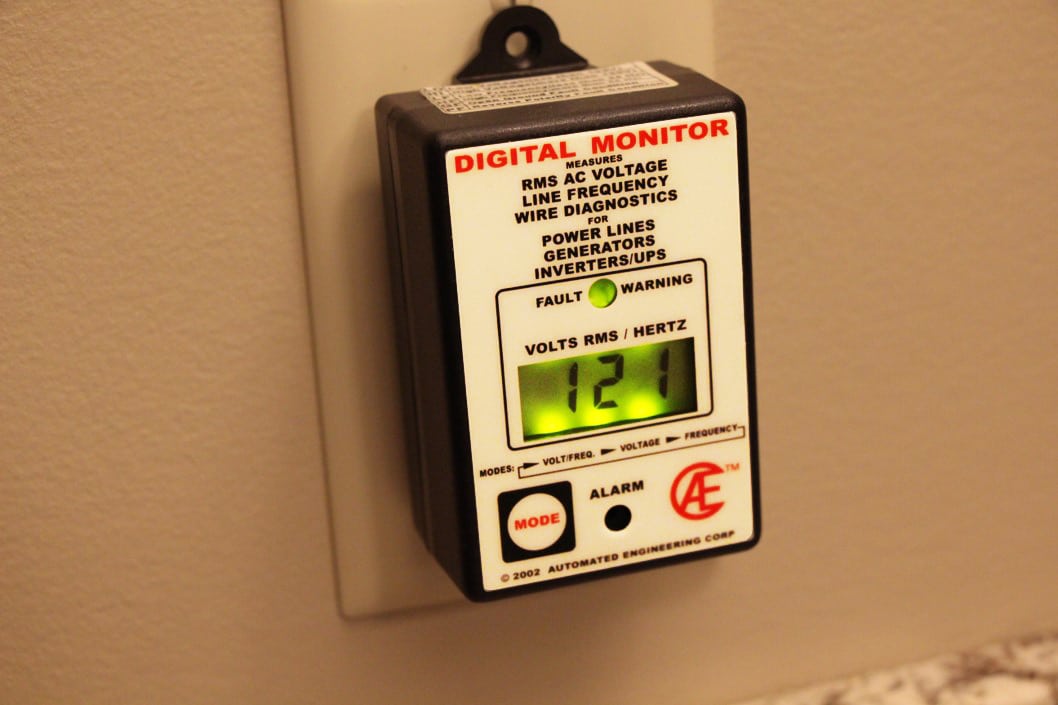
Copyright
© Good Sam Camping Blog
With over 35 million people looking to rent an RV each year, there’s never been a better time to list your RV and make some extra cash. That being said, for many, their RV is one of their most expensive possessions, and the idea of renting it out can be a little daunting. That being said, the upside is definitely worth it. To help illustrate the point, here are a few reasons why you should rent out your RV.
Earn extra income from your RV
Let’s start with some compelling financials.
On average, renting out an RV could annually bring in somewhere between $20,000 and $30,000 of extra income, with some even earning up to $52,000 a year.
Last year alone, the RV rental market grew 7.4%, with many speculating that it could even eclipse a billion-dollar industry within the decade. More and more folks have been taking to the outdoors since 2020, and with a looming sense of economic uncertainty, that trend is very likely to continue.
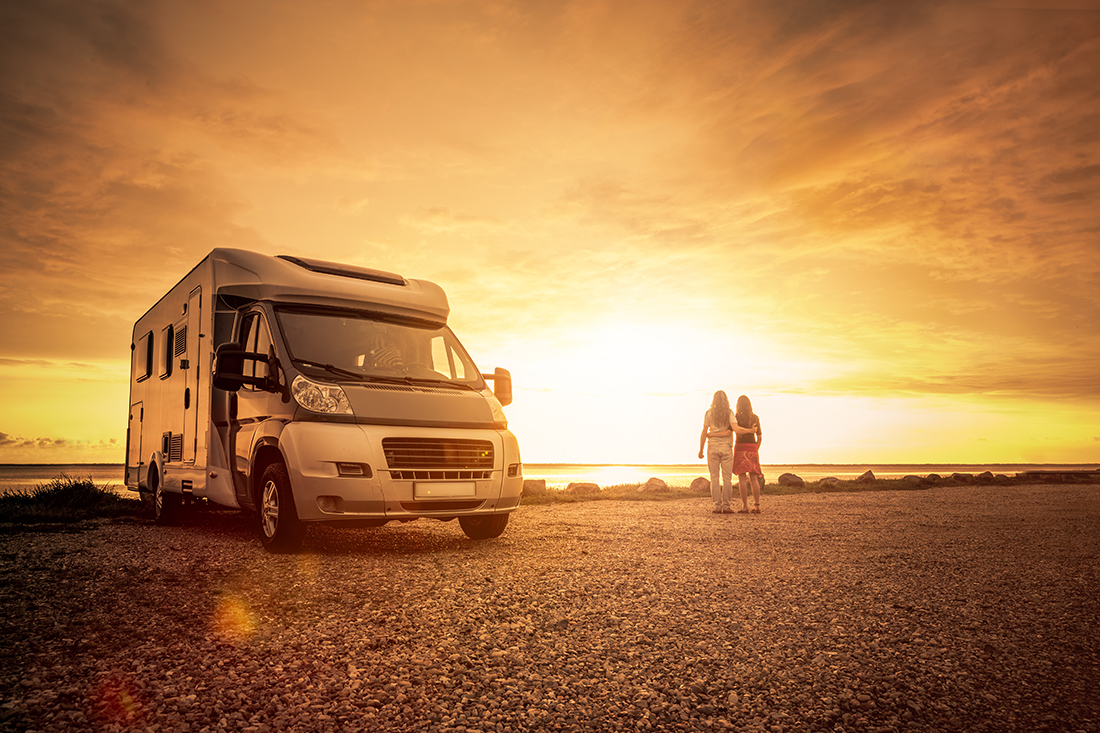
Copyright
© Good Sam Camping Blog
The Ring Road, also known as Route 1 or the Þjóðvegur 1, is a popular and iconic road that circles the entire country of Iceland. It offers a unique opportunity to explore the stunning landscapes, natural wonders, and cultural highlights of this beautiful Nordic island. Here's a general overview of the Ring Road route: Reykjavík: Start your journey...
We bought our first travel trailer in 2014, and we quickly discovered we weren’t prepared for the process. Since we had purchased many automobiles in our lifetimes, we thought the steps for our RV purchase would be fairly similar. But we soon learned that buying an RV is quite different from buying an automobile. Before you buy your first travel trailer, consider these five items:
Weights and Measurements
Before purchasing our first travel trailer, we knew we needed to consider whether the weight and length of the trailer would work with our tow vehicle. Later, we came to realize there’s a lot more to it than that.
Start reading about towing, and you’ll see a lot of unfamiliar acronyms, like CCC, GVW, UVW, GCWR, and more. Before buying an RV, research the various weights and measurements you’ll need to understand to determine if you’ll have a good fit between the RV and your tow vehicle.
Consult the RV towing guide to see the capacity of your towing vehicle.
Check out this helpful guide to understanding RV trailer weights.
RV Loans
When buying automobiles, I hop online and apply for financing if the dealership tries to saddle us with a high-interest rate. I thought I’d be able to do the same thing when purchasing our travel trailer. Unfortunately, I learned that RV loans are different from automobile loans, and the process isn’t quite as easy or competitive. If you are looking to buy an RV, talk to your bank or credit union and look into specific companies that finance RV purchases before you make a deal.
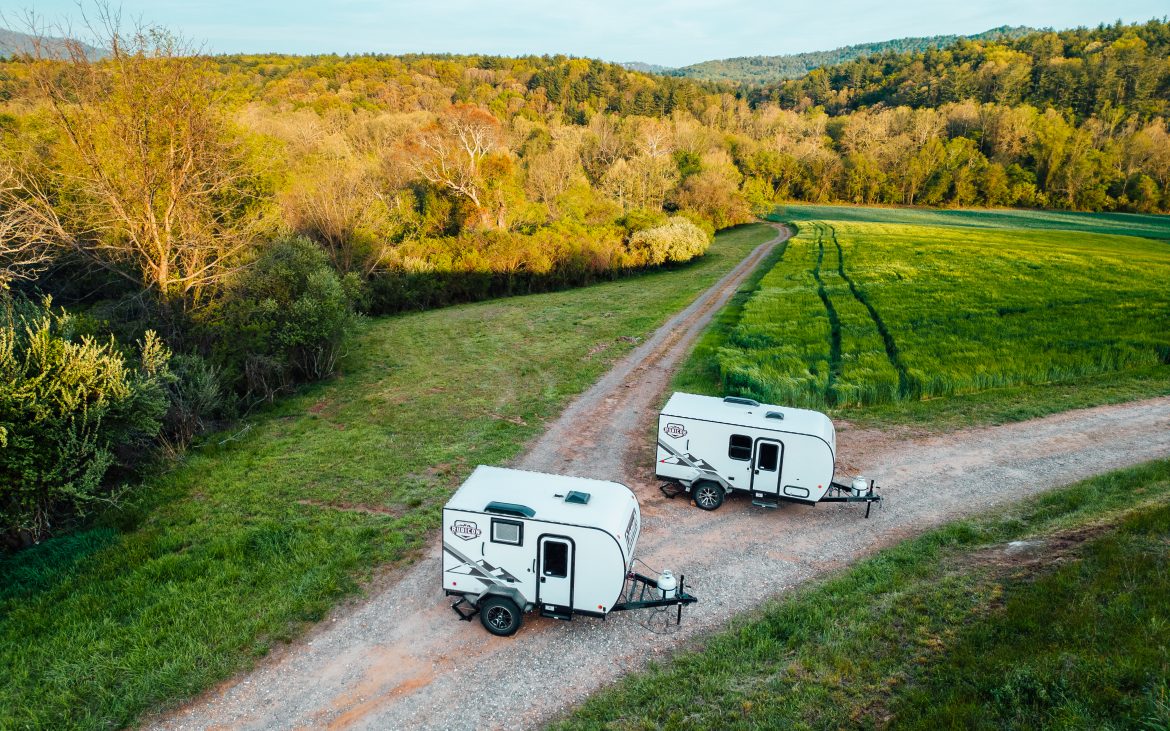
Copyright
© Good Sam Camping Blog
If you’ve watched any of our videos on YouTube, you’ve probably heard us talk about dispersed camping or free camping in national forests. In this ... Read more
Pack your bags, load up the RV and take your travels to a place where you can marvel at fascinating hoodoos, hike through unique slot canyons, bike through Ponderosa pines and take some picture-perfect photography.
Welcome to Utah’s Bryce Canyon Country!
Standing on Inspiration Point in Bryce Canyon National Park. Getty Images
This area is filled with amazing RV parks for every kind of adventurer. Are you ready to start planning your next trip? Hop in and buckle up!
Ruby’s Inn RV Park
The first park on our roundup is at historic Ruby’s Inn, right across from the gates of Bryce Canyon National Park. This is the closest RV park to the national park and has 250 spots with full hookups for water and electricity. Visitors to this park will also be able to enjoy all of the amenities provided by the larger Ruby’s Inn resort. Spend your days exploring Bryce Canyon or staying cool by the pool, and spend your nights surrounded by ponderosa pine trees and thousands of stars.
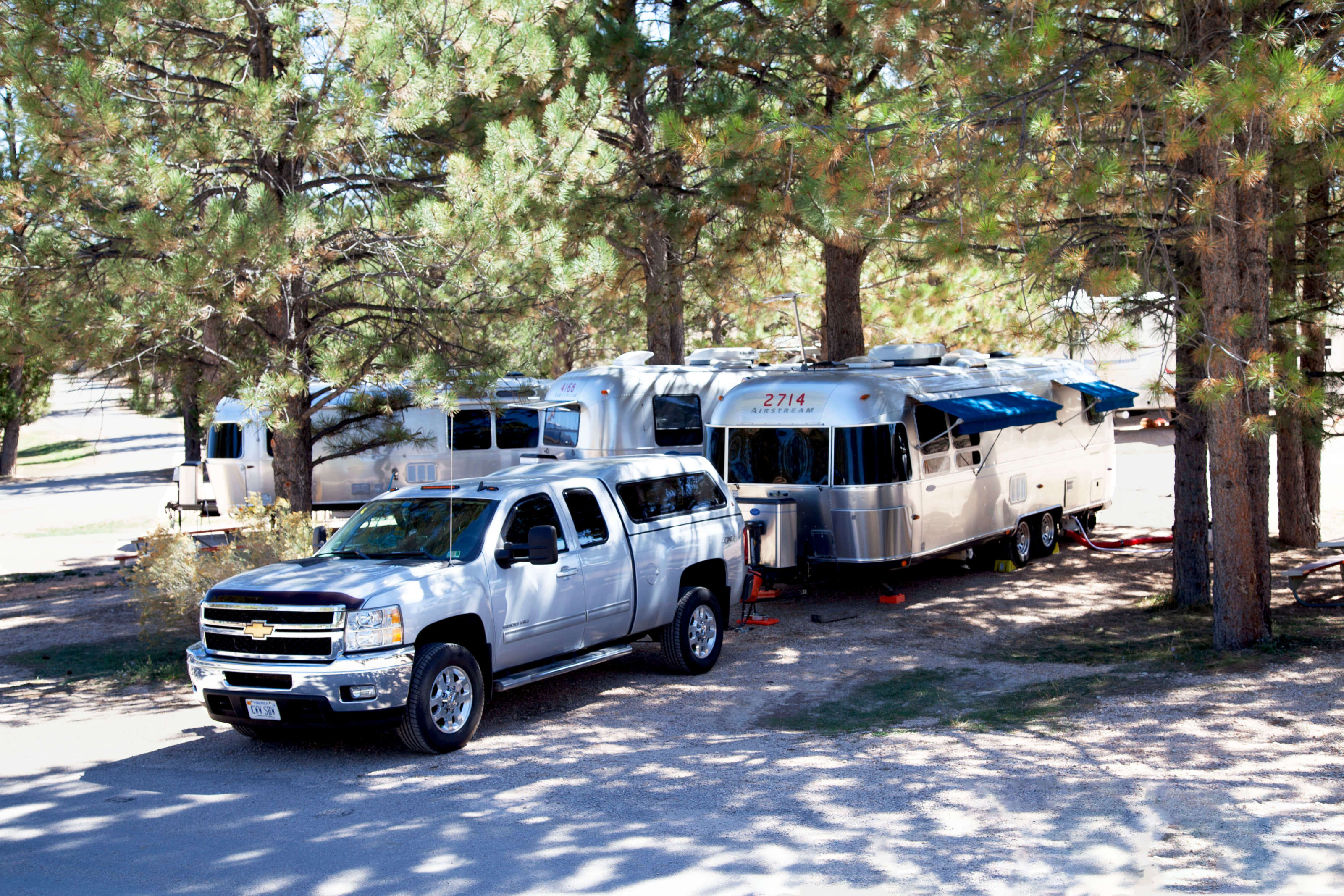
Copyright
© Good Sam Camping Blog
1. History: The Dodge Travco was a classic and iconic recreational vehicle (RV) manufactured by the Dodge Motorhome Division of Chrysler Corporation from the 1960s to the 1970s. 2. Design: The Travco is known for its sleek and aerodynamic design, featuring a unique front-end design with a large windshield and wraparound windows. It had a relatively...
Regular maintenance is the only surefire way to extend the life of your RV. That’s why many RVers can benefit from having their motorhome or travel trailer inspected annually. Spring is a great time for an RV inspection. You can address anything that requires attention before camping season. This, along with an inaugural, close-to-home trip or overnight stay, preps you for longer summer trips further from home.
Along with many other benefits, Good Sam Elite Members receive an annual Good Sam multi-point inspection. Below, we’ve outlined what you can expect when you bring your RV to a Camping World location to have it scoped out and inspected. If you’re not a member, you can still schedule a routine inspection at your local Camping Word. Learn more about that process here.
Why a multi-point inspection?
Courtesy of Camping World
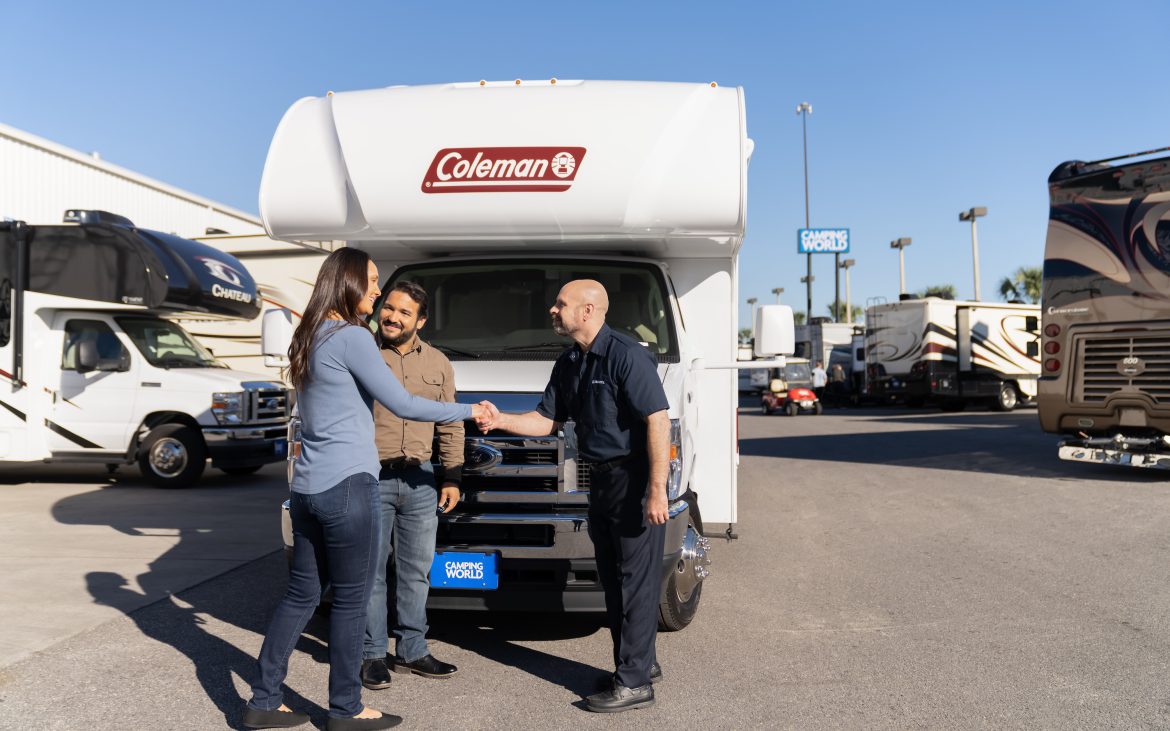
Copyright
© Good Sam Camping Blog
Despite the United States only being less than a few centuries old, our country is actually rich in diverse archeological history. From early colonial settlements, all the way back to ancient Native American civilizations, there’s no shortage of stories to tell from our past. If you’re looking for a memorable adventure back in time, here are 5 archeological spots you should consider visiting in the United States, along with nearby campgrounds to stay at.
Cahokia Mounds State Historic Site
Collinsville, Illinois
Image via Shutterstock
One of the largest pre-Columbian settlements, Cahokia Mounds preserves the remnants of one of the most sophisticated Native American civilizations to have ever settled in North America (700 AD to 1400 AD). While you’re there, be sure to take in the exhibit or Climb of Monks Mound for a scenic view of an ancient city.
Good Sam campground nearby:
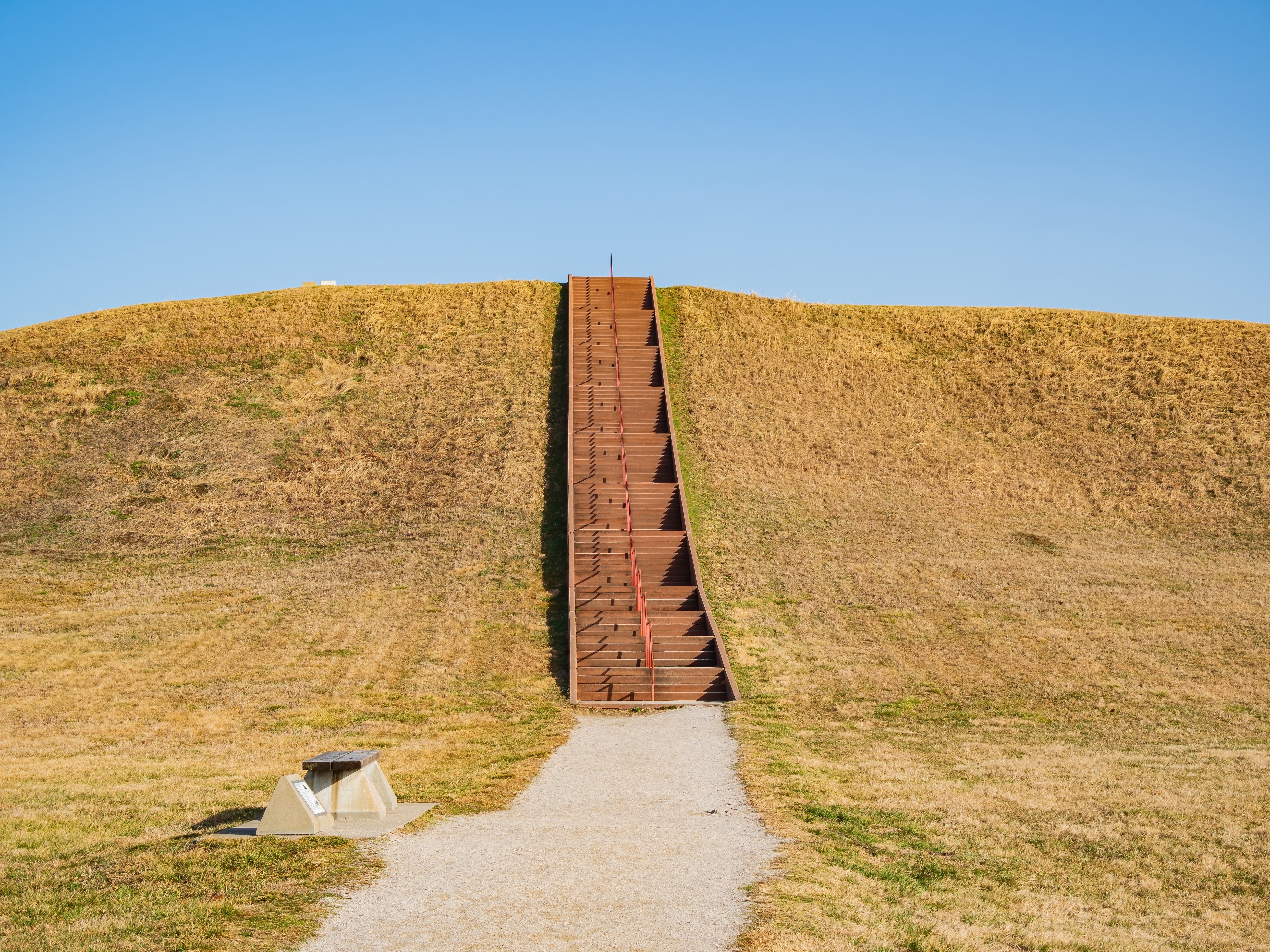
Copyright
© Good Sam Camping Blog


